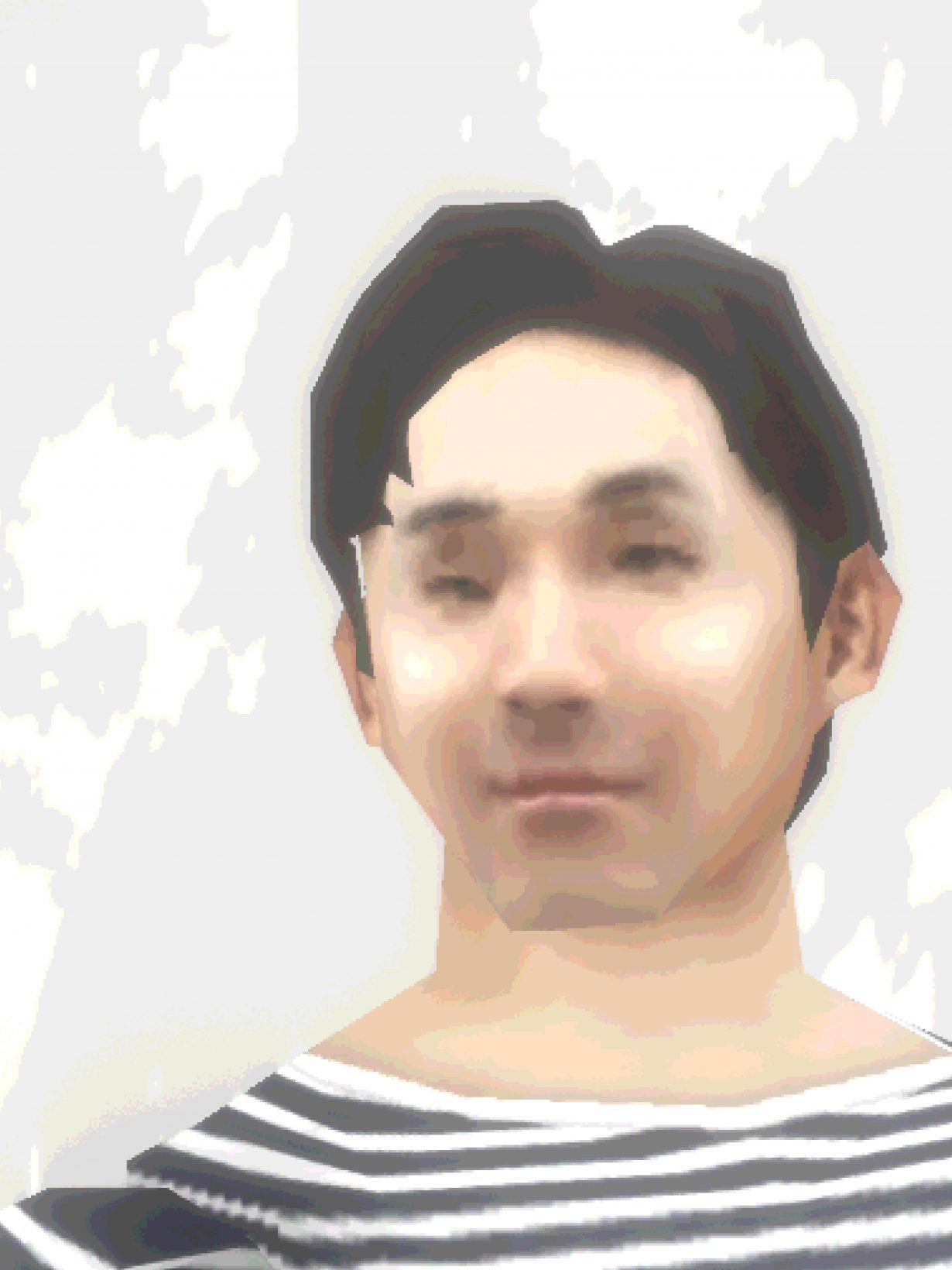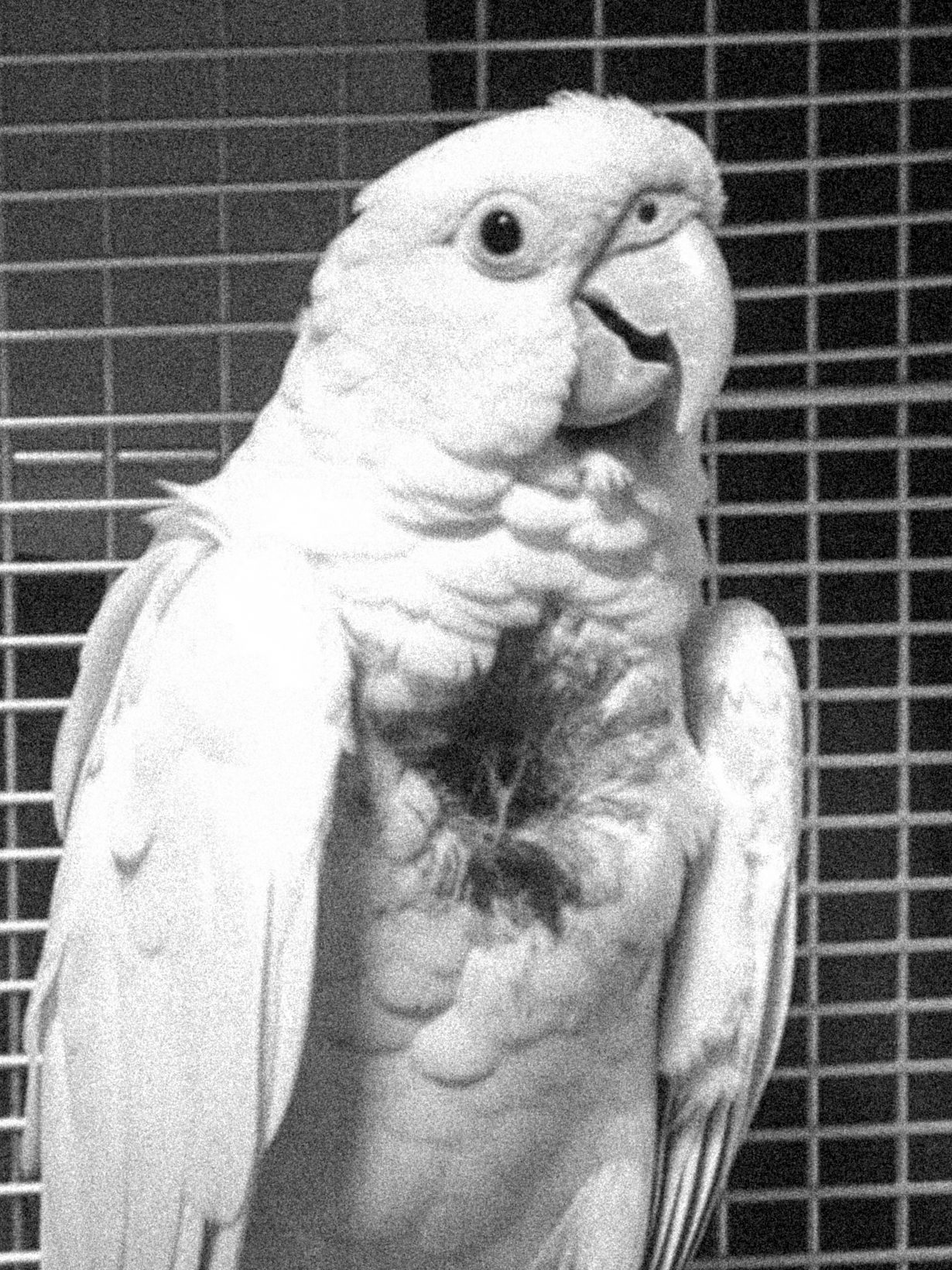Something of a phenomenon among South Korean artists of his generation, Kim blurs the lines between the real and virtual until we’re no longer sure there’s much of a difference
“Working with a game engine to produce Cutter III was one of the most complicated projects ever,” says Heecheon Kim of his 2023 videowork, speaking in his Seoul studio, which occupies the second floor of a rundown building in Mapo, a district that is brimming with youthful energy from university students and artists alike. He shares the unit with three other artists, each of whom inhabits a different corner of the room, which is built with a type of nondescript, bland concrete that is reminiscent of a bygone era. As if illustrating the nature of Kim’s practice, his working area at the centre of the open space is only demarcated by a couple of plastic tables and a few hefty hard drives placed on the floor; those of his peers are filled with brushes, sketches and prototypes. “The moment I shifted a variable, say, the brightness of light, in one scene, I had to calculate and visualise how it might affect the entire surrounding environment, because I am quite literally building the entire world from scratch,” Kim remarks, recalling the sheer magnitude of the tasks that he had to complete for his commission by Seoul’s National Museum of Modern and Contemporary Art (MMCA) last year. “It was only by the tail end that I realised that these mishaps from the game engine could all be a part of the work.”
The technological complications that held Kim hostage for many a sleepless night did not stop him from completing the project. Last May, Cutter III was shown in the MMCA’s Seoul Box, which is arguably one of the most spectacular gallery spaces in South Korea in terms of its architectural scale and grandeur. A lavish led-monitor structure displaying the video, at least half a dozen metres in height and suspended from the ceiling, was surrounded by numerous triangular grey beanbags on which spectators could lie down and take in the work via individual headsets.
Following his breakout solo exhibition Wall Rally Drill at the now-defunct alternative space Common Center, Seoul, in 2015, Kim became something of a phenomenon among South Korean artists of his generation, mounting a solo exhibition at Seoul’s Art Sonje Center in 2019 and receiving the prestigious Hermès Foundation Missulsang in 2023. Over the course of this relatively rapid ascent, his work was collected by the MMCA, Kadist and Leeum Museum of Art, among others, and he presented his first institutional solo exhibition in London, at the Hayward Gallery’s project space, this past December. Kim’s rise seems to be grounded in the fact that his work accurately portrays the ways in which technology relentlessly mediates our everyday life – a facet that is particularly evident in his deft use of the latest technological breakthroughs, such as face-swap applications, image filters, technologies lifted from the CGI industry and augmented reality. As much as it is obvious from his frequent recourse to the narrative style and overall language of the gaming industry.


As such, Kim’s work could be read as continuing the generative genealogy of artists such as Hito Steyerl and Cory Arcangel, whose practices are informed by the ways in which technology fundamentally reshaped every aspect of contemporary life, from cognitive capitalism to computer games. But Kim insists that his work is not quite ‘about’ technology, despite such historical and curatorial framing. “I’m not as interested in the specific software or applications as much as the society that is obsessed with them,” the artist says. “Consider far-right internet forums like Ilbe or QAnon, and all the characteristics of the ‘real’ world that prompted people to resort to these virtual communities. These byproducts of technology are just a reflection of who we are, what we desire and how we think.”
For this reason, Kim suggests, rather surprisingly, that his practice could be interpreted without a particular focus on technology. “A large part of my work deals with the fact that these latest technological developments generate real-time experiences in the first person. From this point of departure, an array of questions follows: ‘Who am I? What is time? How do we make sense of the world?’ Indeed, these are queries that are prompted by and could be answered through the apparatus of technology, and that is precisely what I attempt to do within my work. At the same time, though, these are rather classical questions that extend far back into history and have existed since the beginning of humanity.”

In addition to his foray into these ontological questions, which, in conceptual terms, distinguishes his practice from those of his predecessors and contemporaries, Kim’s work is also unique in its unrelenting return to the psychogeography of Seoul. His work has time and again returned to the urban landscape of Seoul, where he was born and raised, even though some of his recent projects are built around virtual, constructed environments without real-world coordinates. Even in these scenarios, however, the metropolis seems to have shaped much of his thinking. And perhaps we should expect that, given that he originally trained as an architect. “I am interested in Seoul, as it is a city where such rudimentary components of the urban environment as roads and partitions are not quite what they are supposed to be in theory,” he says. “In a way, nothing works as expected in this city. It is also a one-of-a-kind city where a 3D rendering of a building can be replicated exactly, in real life, without any modifications whatsoever, at least in what I have seen so far.” However, despite the site-specificity (not unconnected to the sense of a fluid transferal from the digital to the real) that has shaped much of his visual language, when voices are present in his work, the artist always uses a language or a voice other than his own. A signature feature of his earlier work, for instance, were a series of monologues recorded in Spanish, a language that he acquired when he spent a year in Argentina during his university studies. “Choosing a language is difficult, because it pertains to the mannerisms of the speaker, the cultural connotations implied within certain expressions and the internal logic of the film itself,” confesses Kim. “I first decided to use Spanish because it gave me sufficient distance. When I was reading my monologue in Korean, I could feel myself acting it out, and quite horribly so. If you can sense all its minutiae, there is no way that you can completely let go of control and make it natural.” By commanding his language in the right way, Kim admits, he could ensure that his words did not come across as “pointless lies”.
What is surprising, though, is that someone like Kim, whose practice is so obviously predicated upon the blurry boundaries between the real and the virtual in the present moment, would be focused on something so actual, and perhaps so old-fashioned, as the truth value of a statement. But the artist’s take on the so-called phenomenon of ‘gamification’ makes it clear that for him, the two worlds do not, in fact, sit at opposite ends of the spectrum. “There are a lot of games in recent years that are referred to as ‘open worlds’, in which you are quite literally thrown into an empty world and allowed to do anything and everything. But just like in the real world, your behaviours are shaped by a set of constraints, and you cannot move around freely and aimlessly without any sense of direction whatsoever.” Thus, for Kim, what the gamification of art could suggest to the contemporary audience is rather clear-cut. “In the imaginary worlds that are created in games, the task of the players is to create their own narratives as they navigate the ups and downs of their surroundings. But this is no different in the real world: what we are asked to do is make our own stories given the inherent restrictions that are set forth in the beginning of our lives.” Kim’s flippant, zany work reveals that even in the virtual world, the most fundamental questions of human existence may still be downright relevant.
Harry C. H. Choi is a PhD candidate in art history at Stanford University
